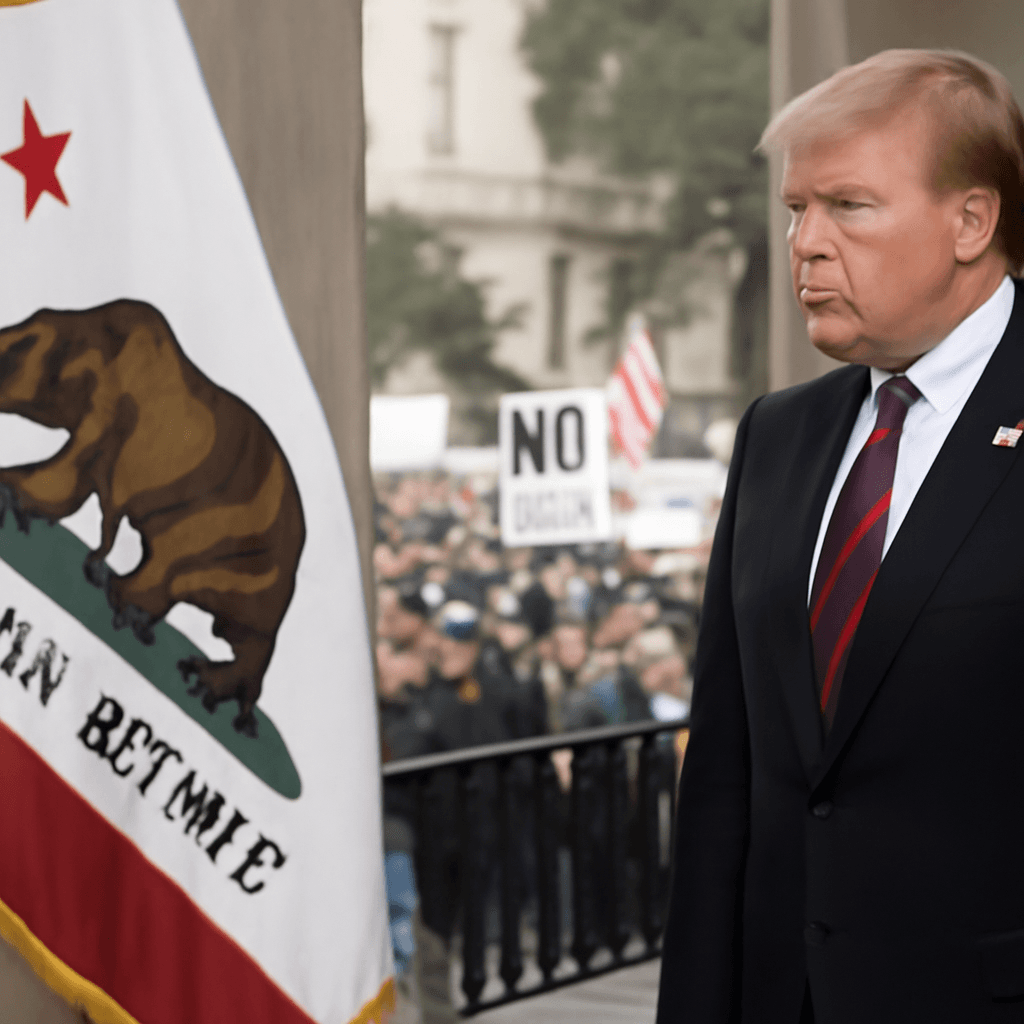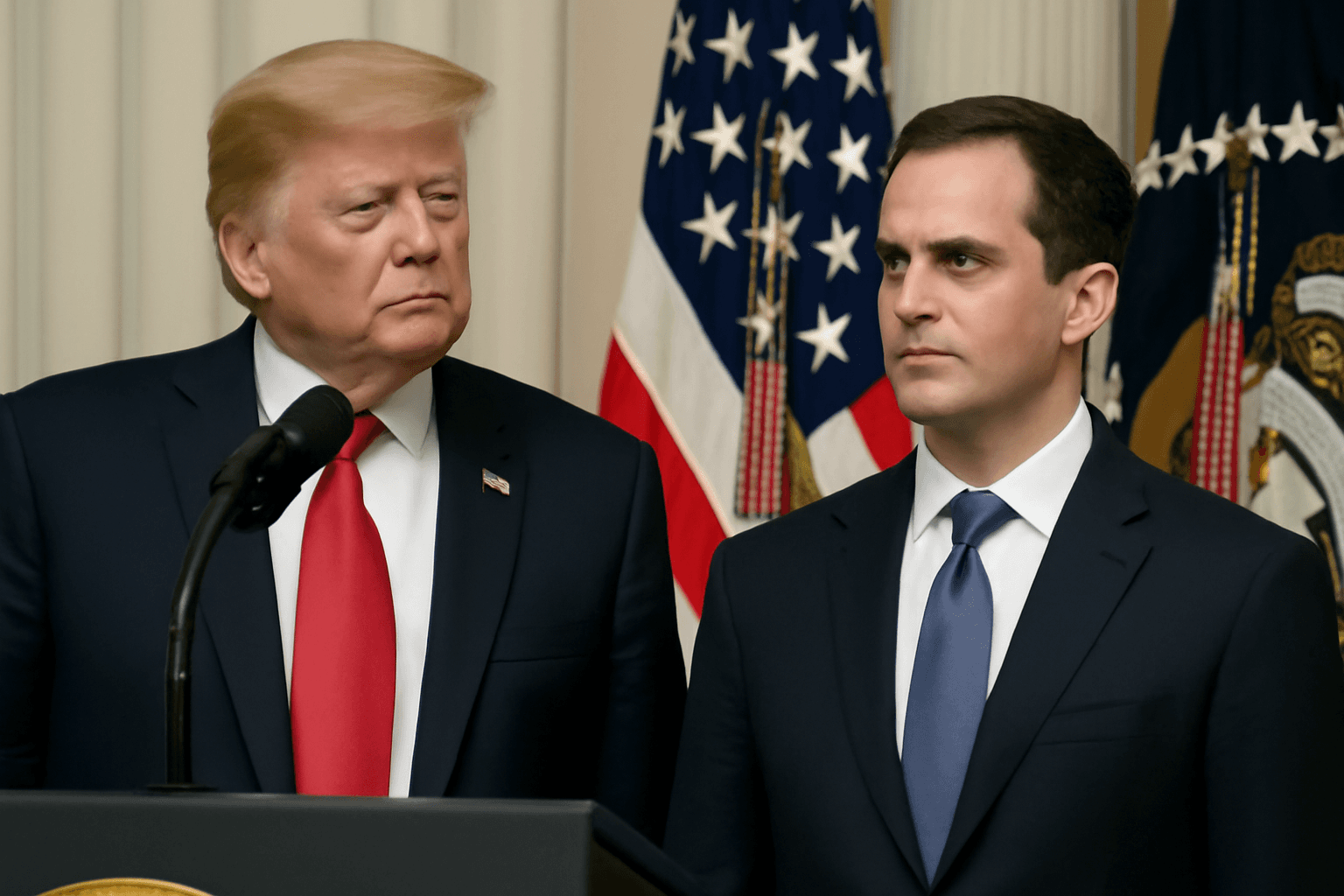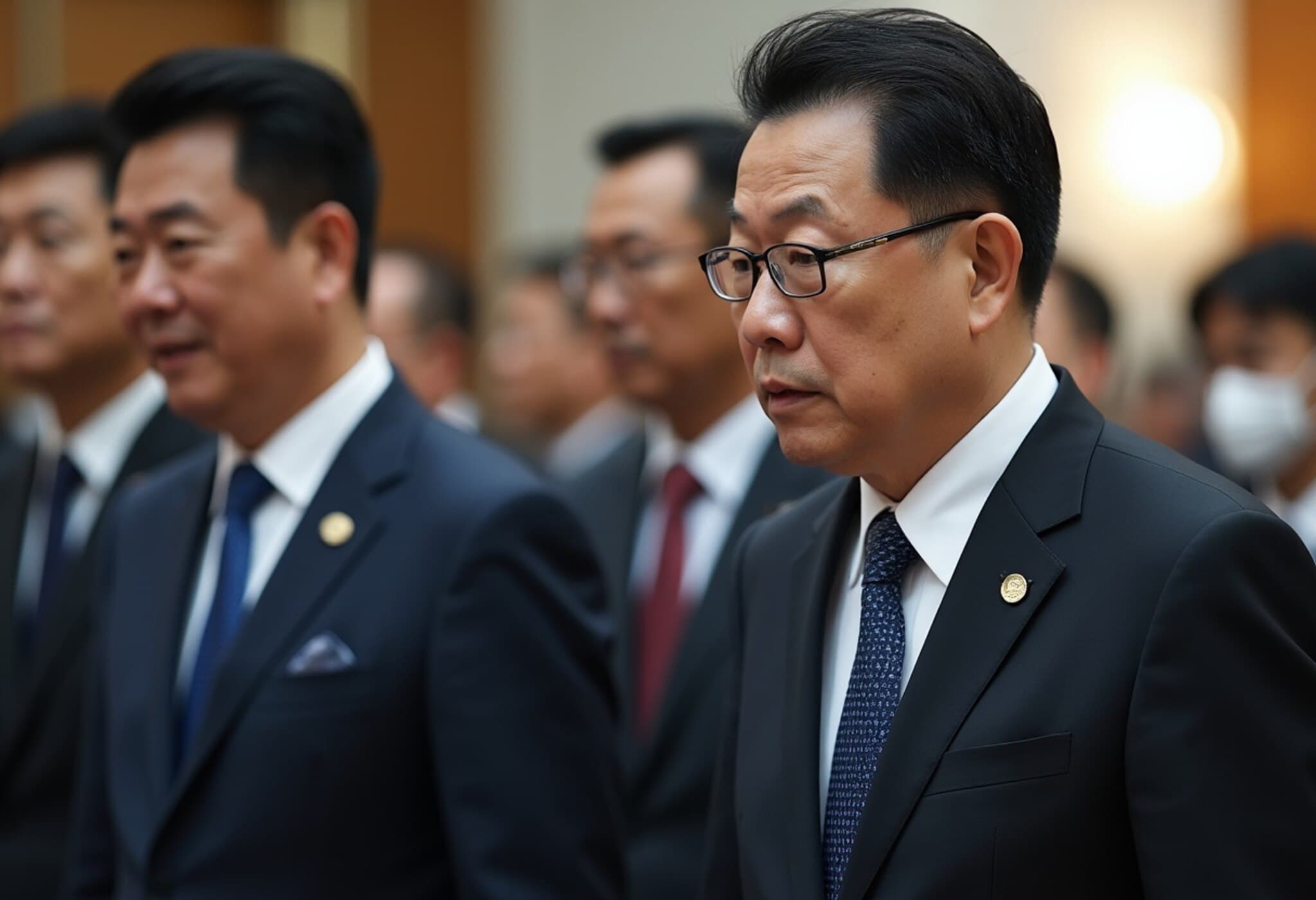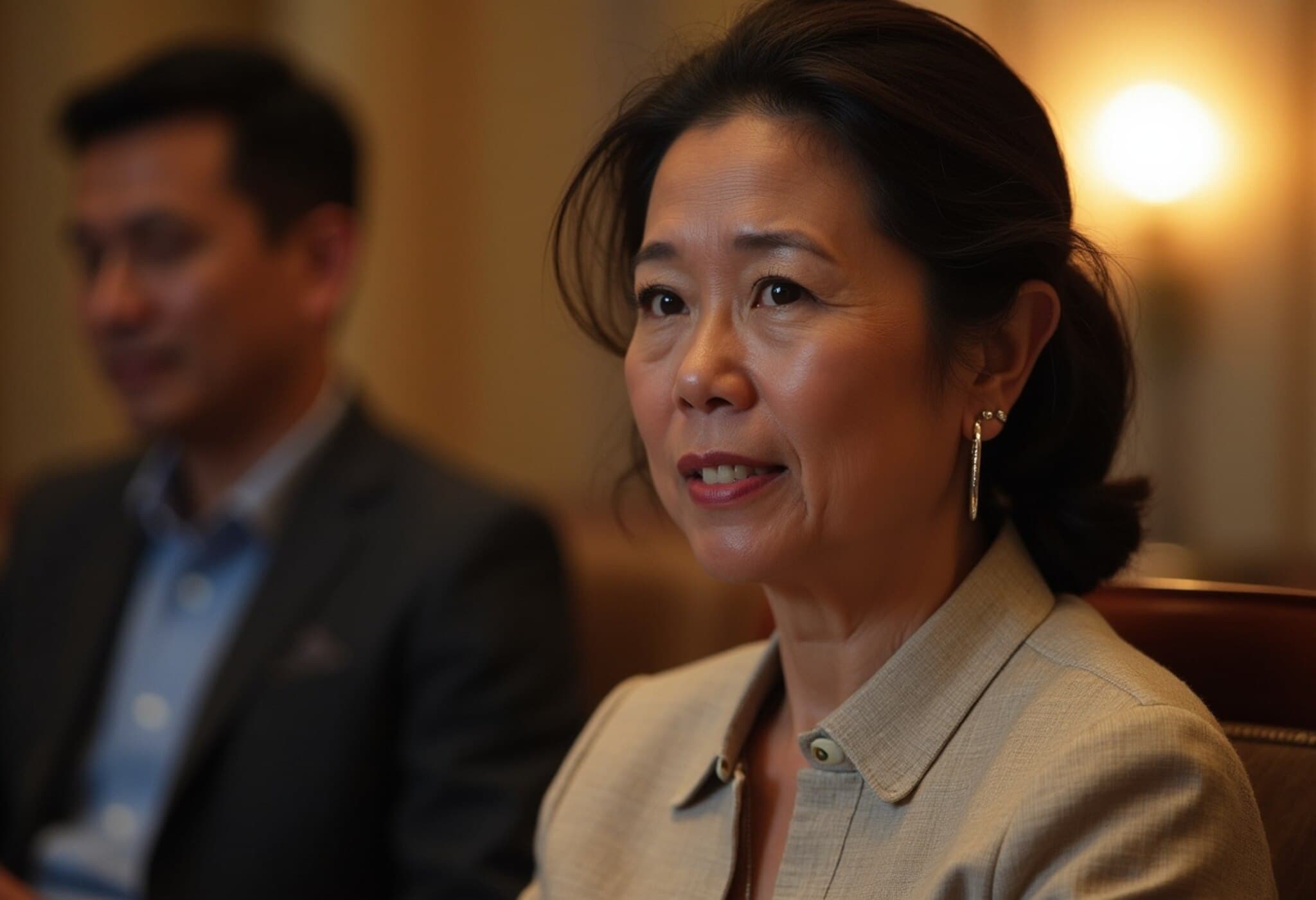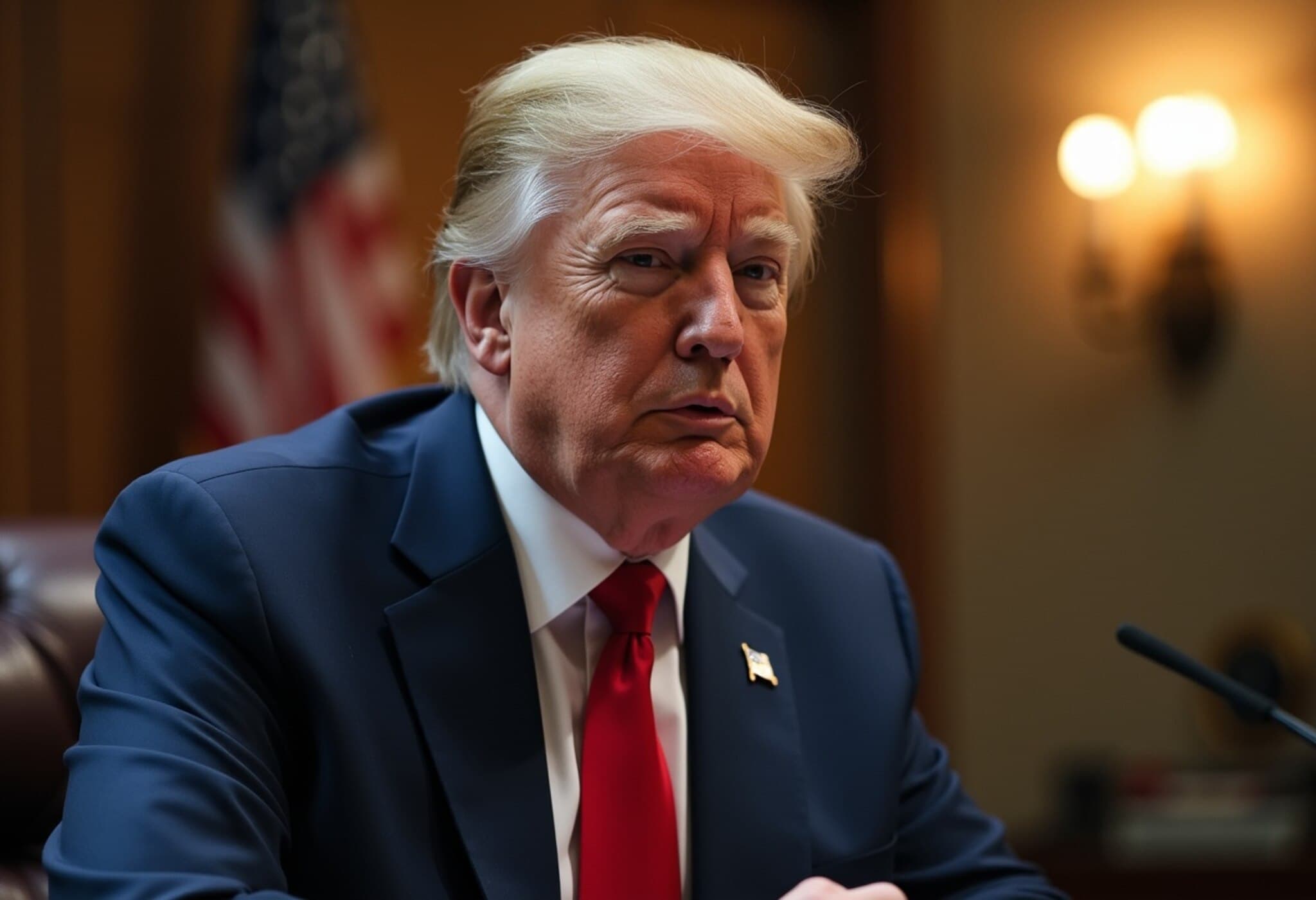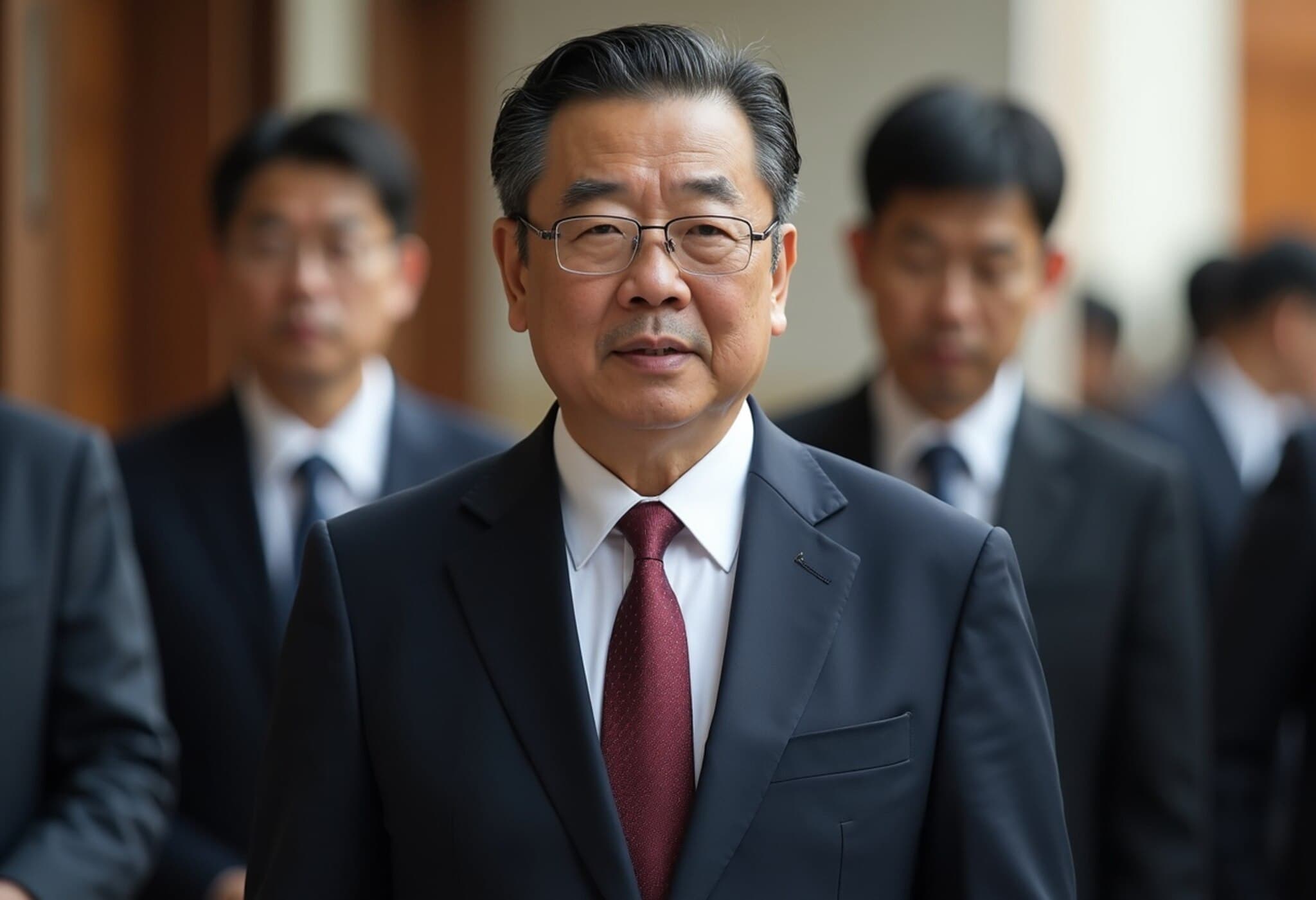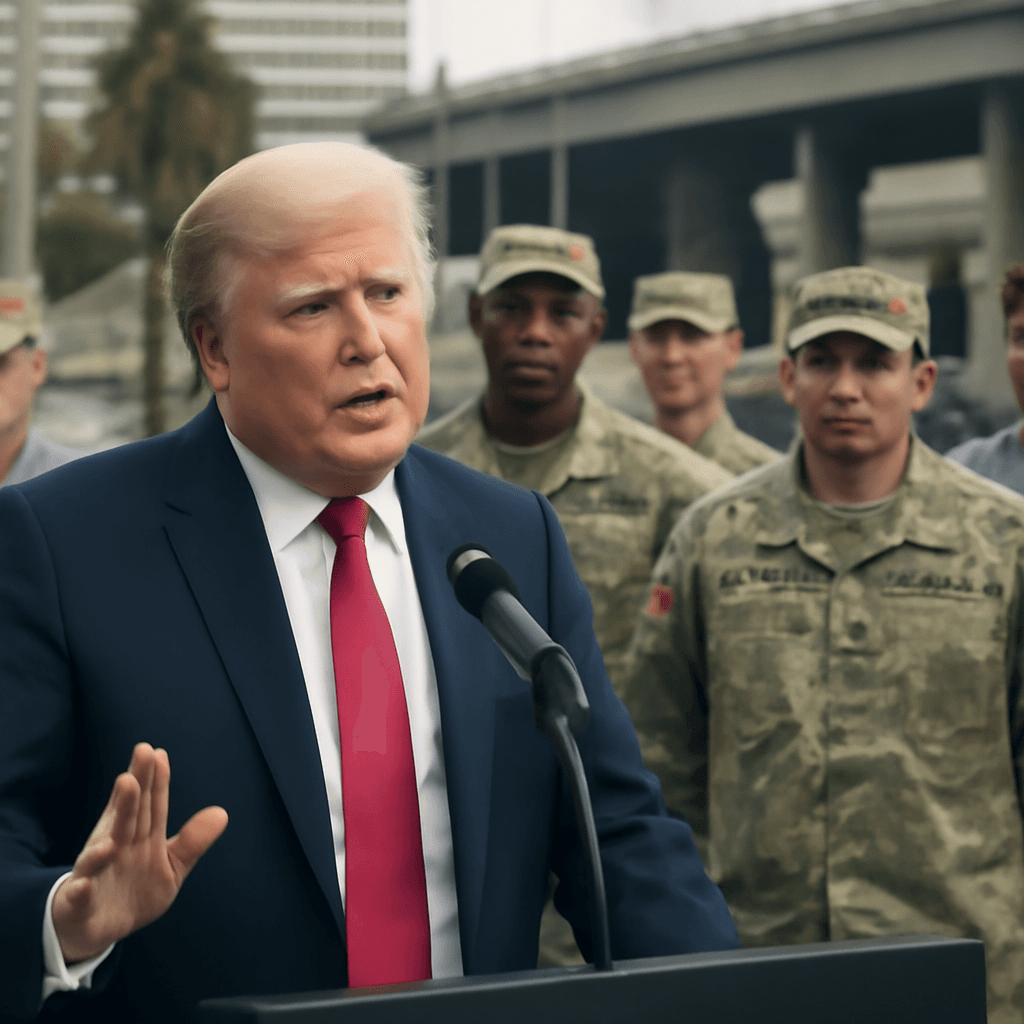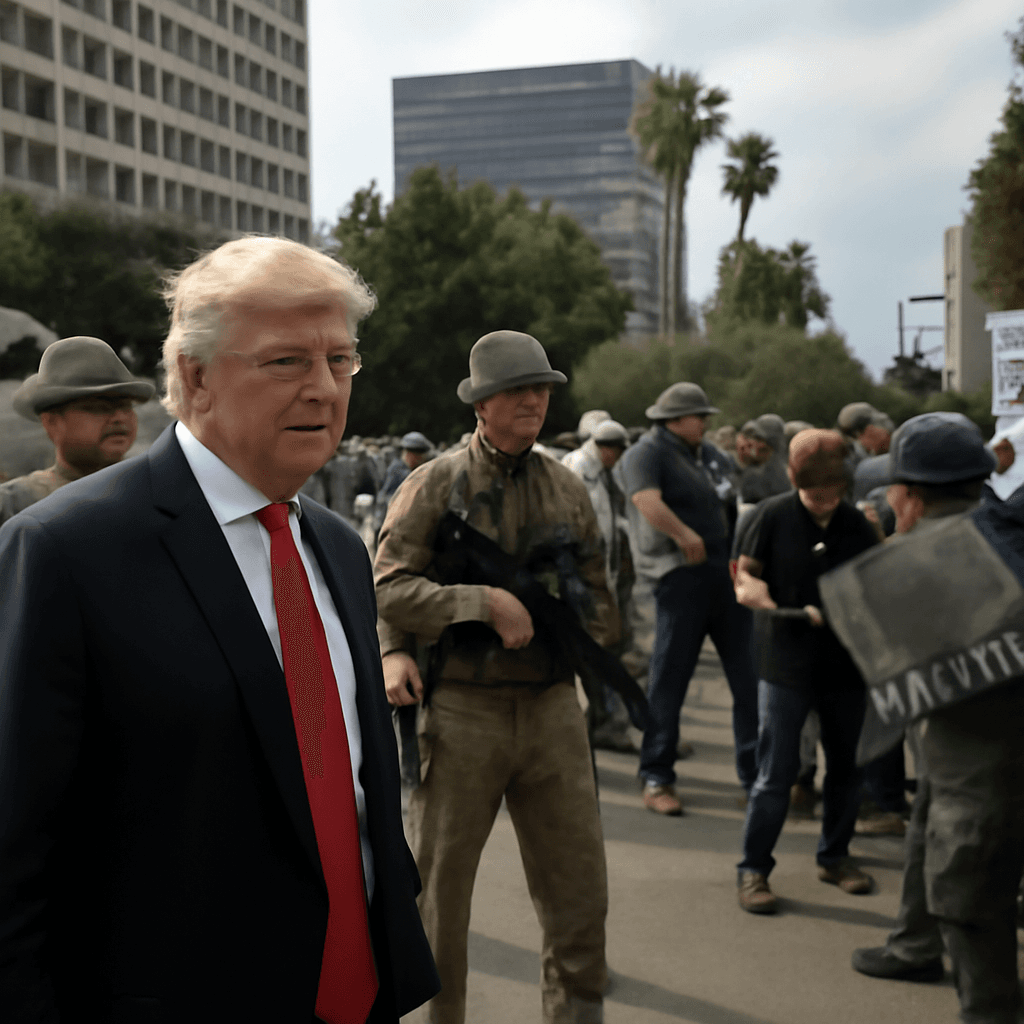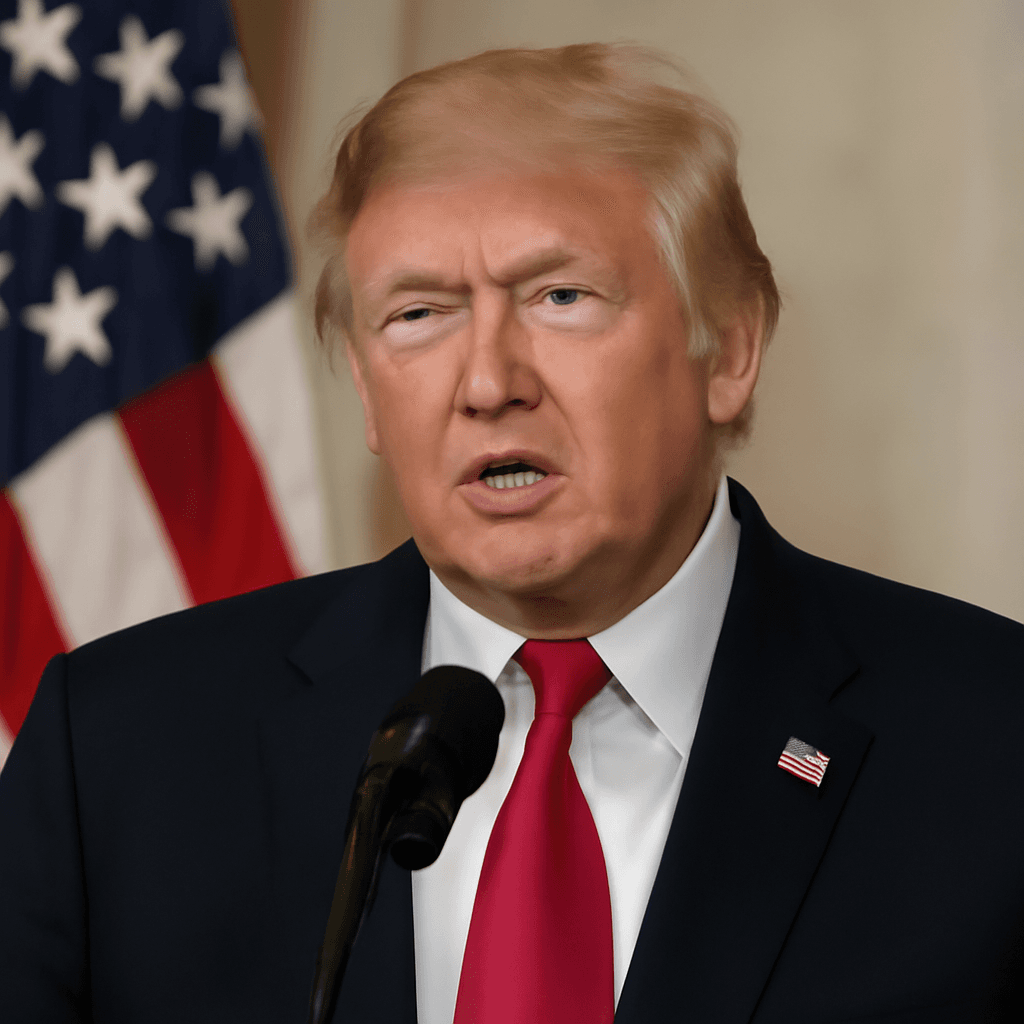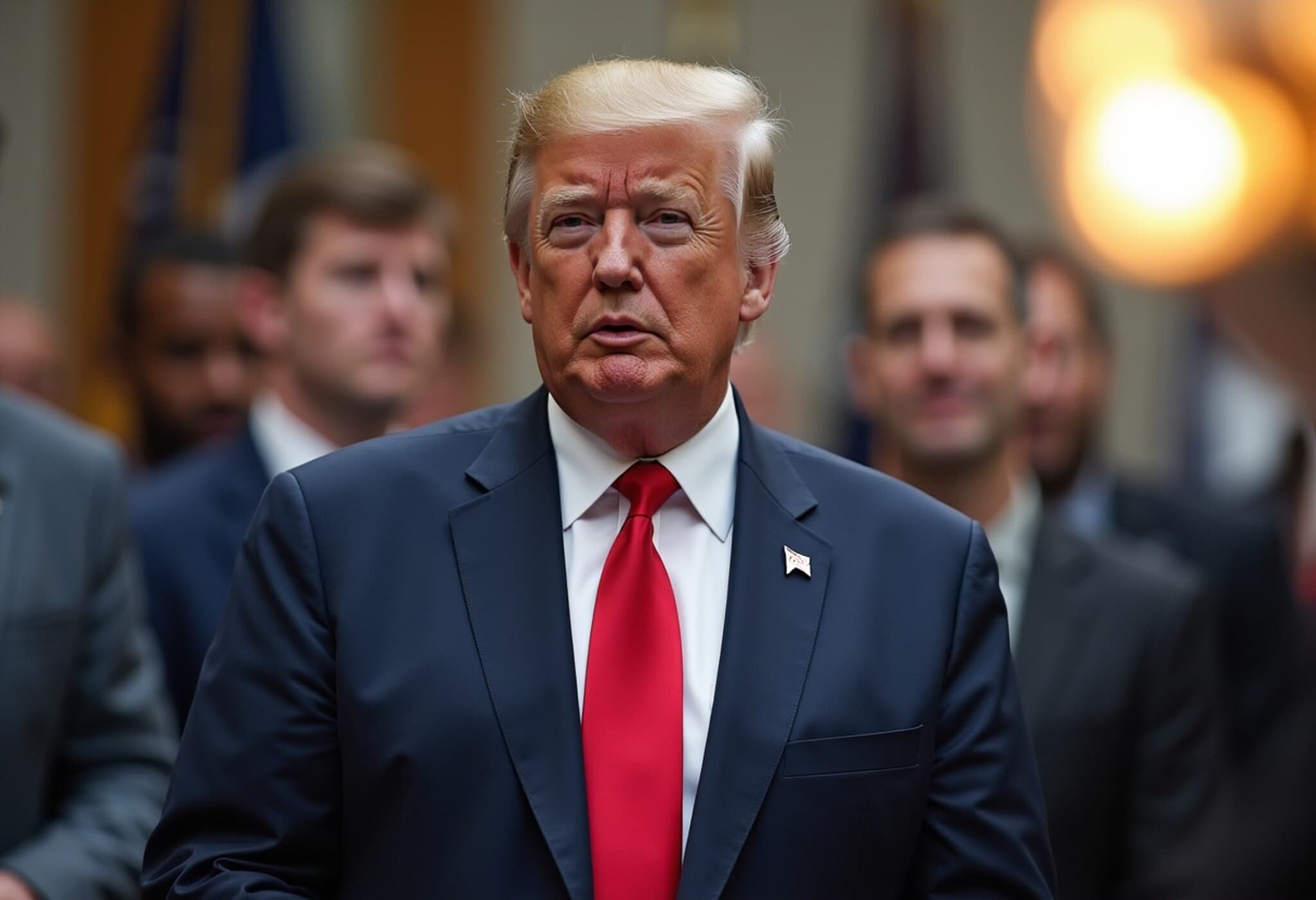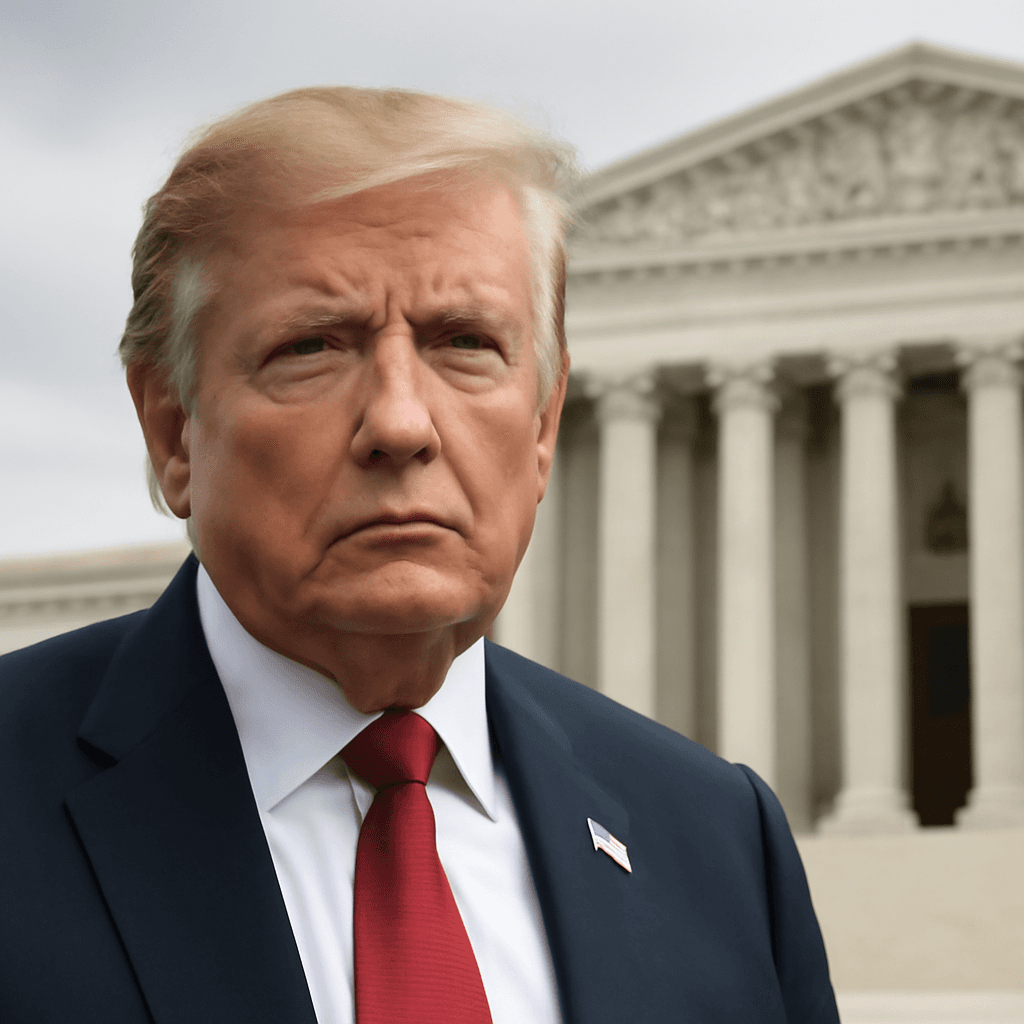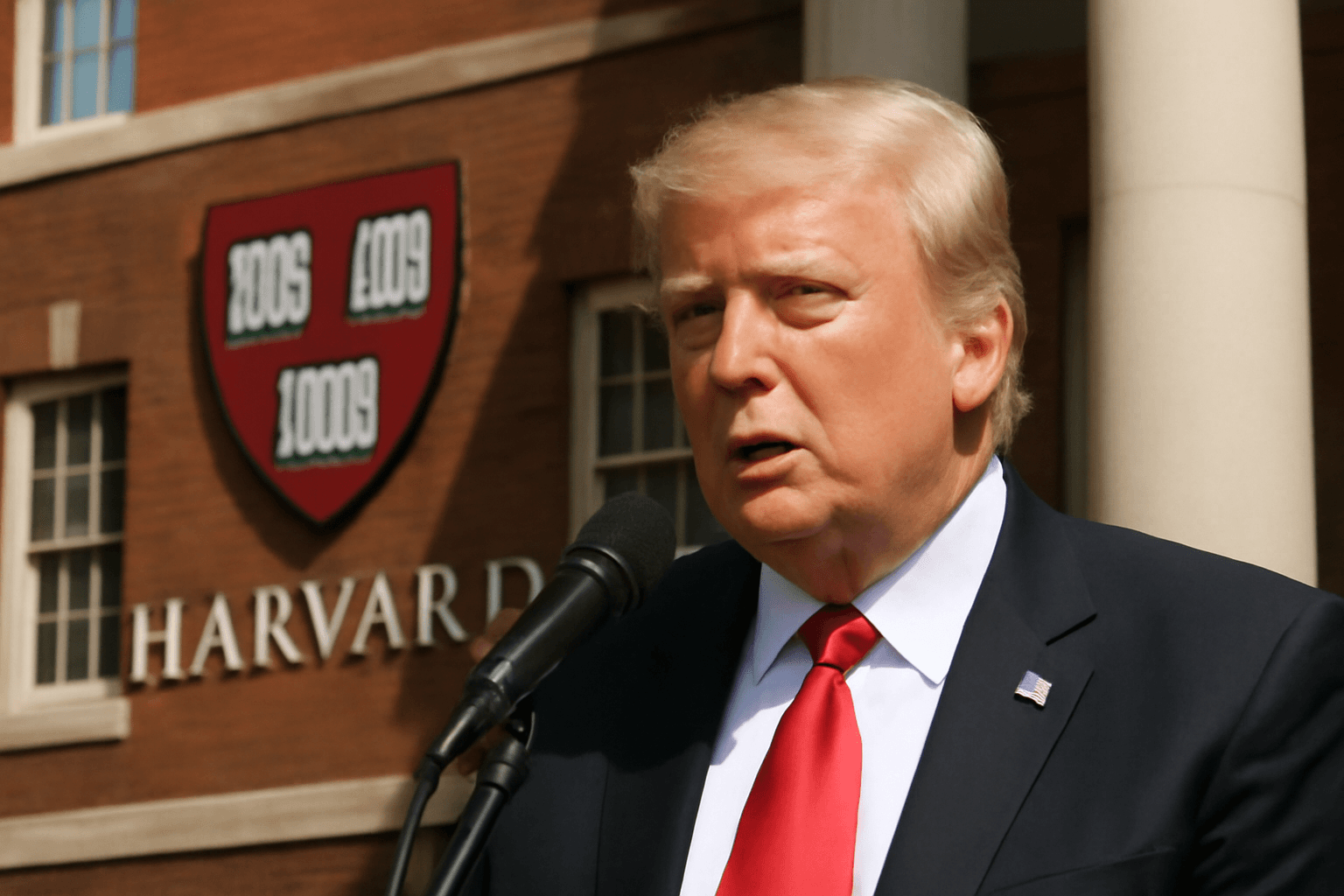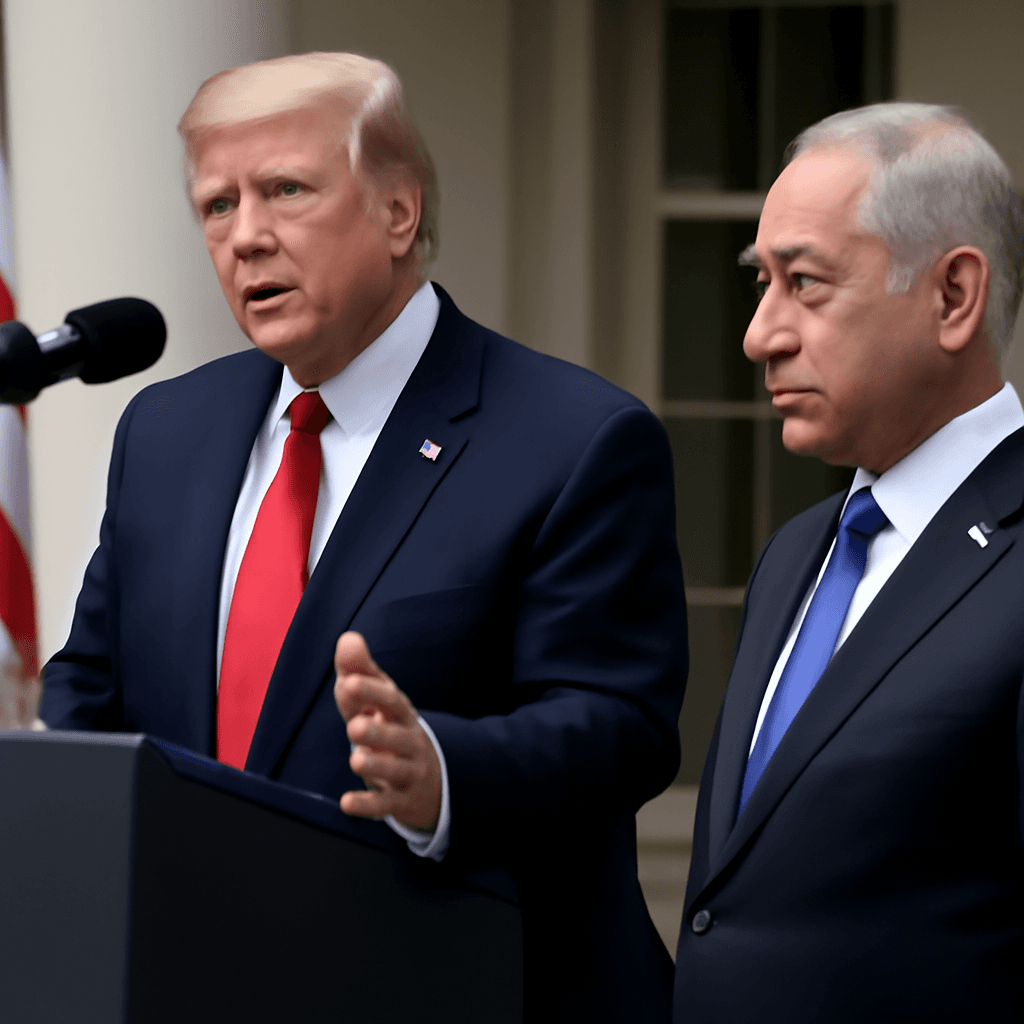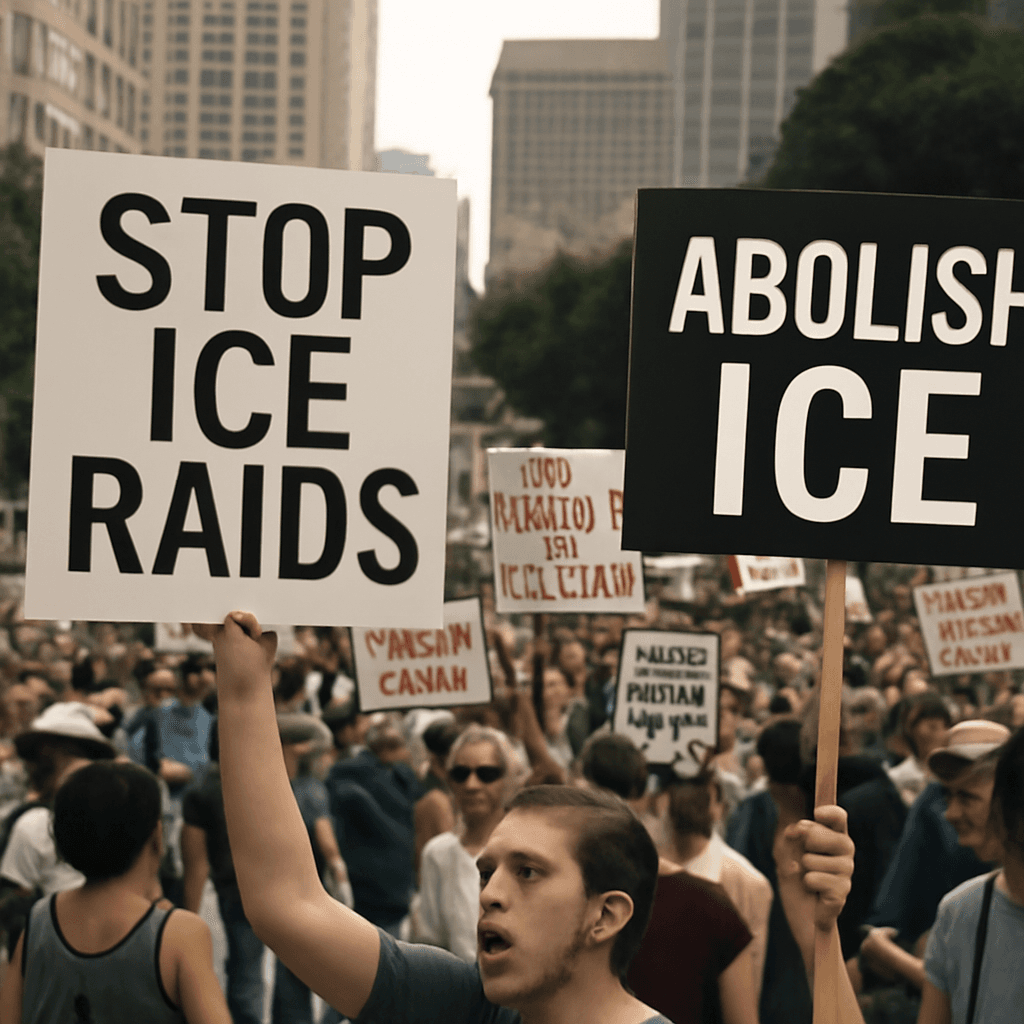California and Trump: A Fierce Political Rivalry Unfolds
California has emerged as one of the most prominent challengers to former President Trump's agenda, standing firm against his administration's policies on immigration, federal funding, and state authority. The tension, marked by aggressive legal battles and political maneuvering, has only intensified over recent years.
Growing Strains and Federal Interventions
The relationship between California and Trump’s White House became increasingly strained, culminating in dramatic confrontations. Notably, efforts by federal agents to enforce immigration laws in Los Angeles sparked protests, prompting Trump to federalize National Guard troops and deploy them to the city—a decision fiercely opposed by California's Democratic Governor Gavin Newsom.
This move represented an escalation rarely seen since the 1960s, as typically governors request such federal intervention. The use of military forces to quell civil unrest is generally a last resort, and many viewed Trump’s action as disproportionate considering the nature of the protests.
Historical Precedents and Legal Questions
Deploying the National Guard without the governor’s approval is rare. The last comparable instance was under President Lyndon Johnson in 1965 during the Selma civil rights marches. However, unlike those violent confrontations, the Los Angeles protests, while disruptive, were considered manageable with local law enforcement. Legal experts voiced concerns about the president's authority to act unilaterally, highlighting potential overreach.
Strategic and Political Motivations
Critics argue that Trump’s hardline stance on immigration and threats to cut federal funding were politically calculated to weaken opposition states like California. The White House considered significant reductions in federal money, especially targeting state educational programs, framing these steps as protecting taxpayers from supporting policies perceived as undermining the nation.
However, many viewed these funding threats as punitive retaliation rather than genuine fiscal policy. Some moves risked legal challenges, straddling the line between lawful authority and politically motivated coercion.
California's Legal Counterattack
In response, California mounted a vigorous legal defense. The state's Attorney General’s office actively filed dozens of lawsuits opposing Trump administration policies on diverse fronts—from immigration enforcement and federal budget freezes to efforts aimed at curbing birthright citizenship.
This robust legal campaign saw the state securing temporary wins, such as a court order blocking sudden funding cuts to teacher training programs nationwide, though it faced setbacks when some rulings were overturned by the Supreme Court or appellate courts.
Steady Legal Pressure
- California challenged more than 15 lawsuits alongside other states in just the early phase of Trump's second term.
- Legal battles addressed issues including immigration crackdowns, tariff policies, LGBTQ+ rights, and federal executive authority.
- Temporary restraining orders and injunctions slowed or reversed several Trump administration initiatives.
Victories and Setbacks: The Legal Tug-of-War
While California has achieved notable victories—such as preventing major cuts to National Institutes of Health funding—some legal efforts failed to halt contentious policies. For example, the state could not immediately stop mass federal employee layoffs or block expansive federal budget controls implemented by the administration.
Nonetheless, California remains engaged in an ongoing legal crusade, with courts continuously reviewing challenges related to voter identification laws, mail ballot restrictions, and sweeping tariffs.
The Broader Implications
The prolonged, high-stakes legal conflict between California and Trump illuminates deeper debates over states' rights, executive power, and federalism in America. While many conservatives have historically championed local self-governance, the aggressively centralized approach under Trump marks a significant shift.
Ultimately, the clash symbolizes not just political discord but a struggle over the fundamental balance of power within the U.S., with California at the forefront resisting perceived federal overreach.

